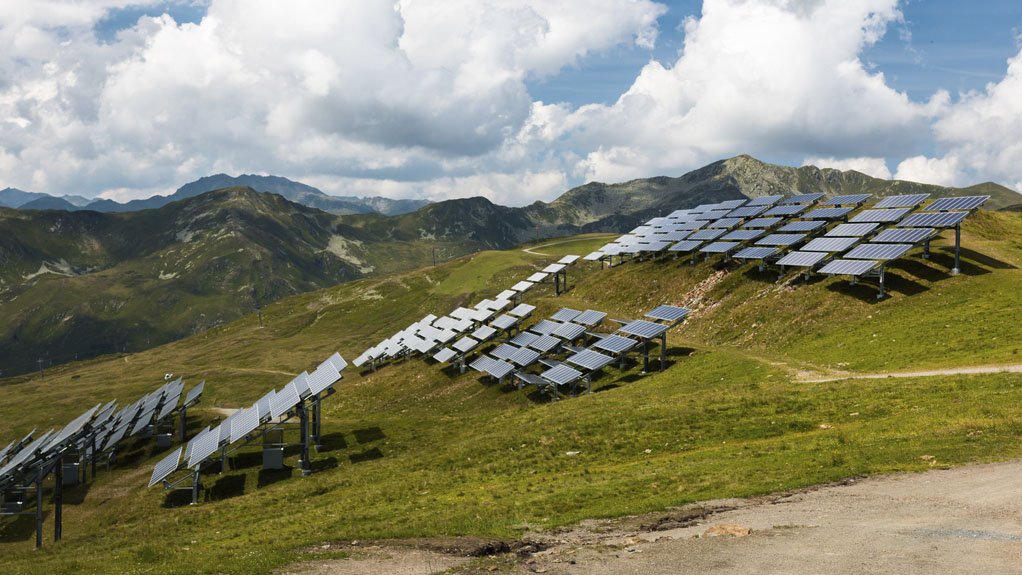Communities and producers in Africa are struggling with energy deficits caused by a lack of infrastructure access in some cases and poor energy quality and high-power costs in others, explains procurement and construction services provider Black & Veatch.
As a result, the company has successfully demonstrated the efficiency of integrating distributed energy resources (DER) using a microgrid approach that uses both direct current and alternating current with a battery storage system to manage intermittent renewable-energy sources, while maintaining a balance between supply and demand.
“The elegance of microgrids involves how various, small-scale power generation sources can be integrated into a microgrid with a control system to balance generation with overall load. Wind, solar, batteries, microturbines and other technologies can be adjusted to optimise performance, while additional monitoring software can further the ability to track performance and maintain the optimal balance over the system’s operating life,” says Black & Veatch sub-Saharan Africa business development director Webb Meko.
He notes that limited electricity access, particularly in rural areas and remote locations, has contributed to economic inequality and reduced prosperity in sub-Saharan Africa, which is one of the most poverty-stricken regions globally.
Rapid population growth on the continent, which is expected to reach 1.9-billion by 2050 and will contribute to a total power demand of 3 100 TWh by 2040, requires the use of various energy sources to meet escalating demand, including small-scale power facilities.
Microgrids, which are decentralised, small-scale electricity generating systems comprising multiple power generation sources and electric loads, are particularly well-suited to provide electricity to the continent’s underserved and remote areas, as they provide a low-cost and flexible source of electricity.
“When operated under a consolidated control and energy management system, microgrids can produce and distribute electricity, and operate independently from larger power grids. Further, these systems can be completed and deployed in as little as 12 months when using modular equipment,” explains Meko.
He highlights that microgrid solutions are also scalable and can be integrated with national grids to provide additional capacity when demand grows. To extract maximum value from microgrid investments, Meko suggests a programmatic approach can be taken that incorporates strong project controls and effective programme management from engineering through procurement and construction.
“A comprehensive approach will enable scalable design at the programme level, which can then be executed through front-end engineering and design pilot projects before rapid replication across multiple sites.”
He notes that a common challenge in securing microgrid project financing is mitigating the risks associated with electricity fluctuation. Added capacity and varying inputs from DER must be carefully coordinated to avoid tariff cost uncertainty, adding that advances in battery storage and energy controls can better manage power flows and optimise energy use.
“Further, employing the pay-per-use model for consumers can ensure returns for investors and attract necessary financial investment. Microgrids not only offer a cost-effective means to address the energy deficit across Africa but can also act as an economic enabler to help the continent reach its industrialisation goals,” Meko concludes.
Edited by: Zandile Mavuso
Creamer Media Senior Deputy Editor: Features
EMAIL THIS ARTICLE SAVE THIS ARTICLE
ARTICLE ENQUIRY
To subscribe email subscriptions@creamermedia.co.za or click here
To advertise email advertising@creamermedia.co.za or click here













